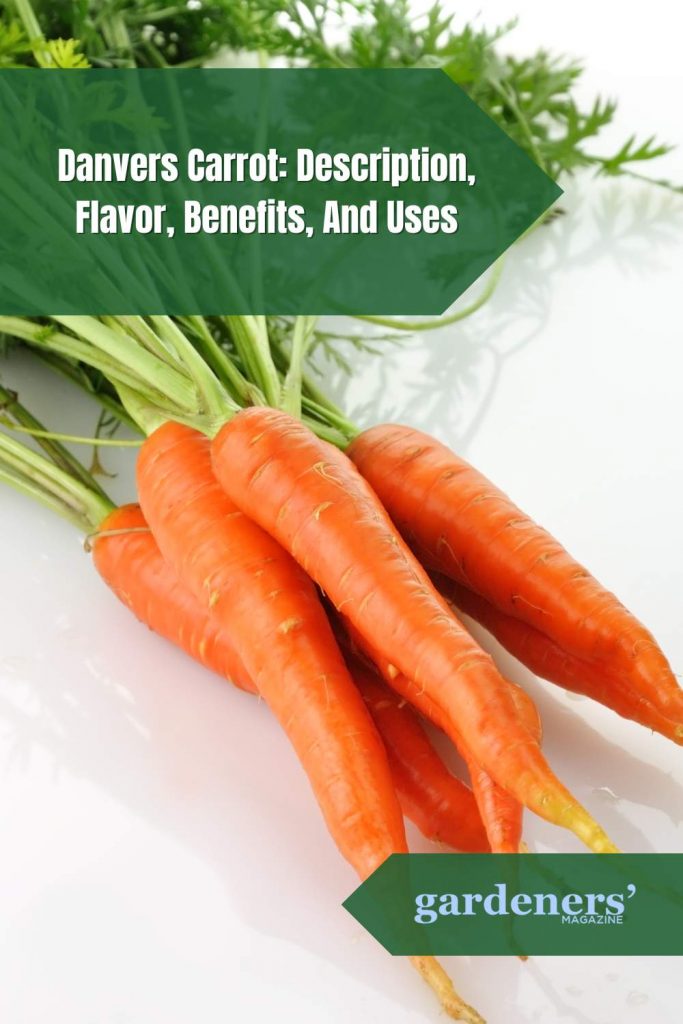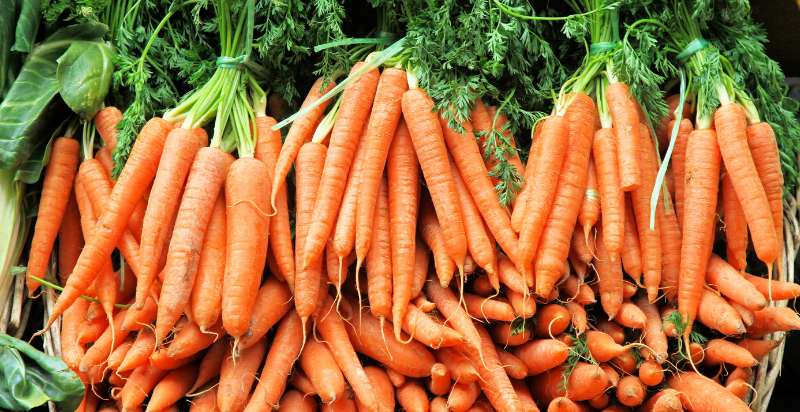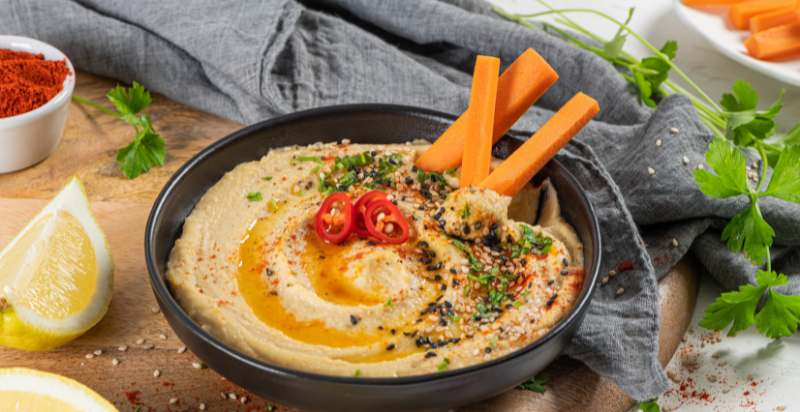Danvers Carrot is a root vegetable developed in the late 19th century by the American seed company Danvers. It has become one of the most popular varieties of carrots due to its sweet flavor, crunchy texture, and vibrant color. The carrot is widely used in salads, soups, side dishes, and roasting vegetables. Here is everything you need to know about the Danvers Carrot.
What is Danvers Carrot?
The Danvers Carrot is a cultivar of the Daucus carota subspecies sativus and is related to other common carrot varieties like Nantes and Chantenay. It was developed in Massachusetts at the Danvers Seed Company in the late 1800s. The carrot was bred for its sweetness and texture; it has an elongated shape with smooth skin, bright orange flesh, and a sweet flavor that makes it popular for roasting.

History and Origins of the Danvers Carrot:
The Danvers carrot was first developed by George W. Park in 1871 when he planted seeds from a wild variety of carrots brought to him from Nova Scotia. The carrots were hardy and grew abundantly despite the cold, wet New England climate. They had a sweet flavor and an elongated shape that made them easy to pull from the ground. Park’s new carrot variety was so popular that he named it after his hometown of Danvers, Massachusetts.
The Danvers carrot quickly became a favorite among farmers and home gardeners throughout New England. Its popularity increased even further when a seed catalog 1912 described it as “the best all-around carrot” for general cultivation.
Today, the Danvers carrot remains a popular variety, renowned for its sweet flavor and easy-to-harvest shape. It is found in grocery stores throughout the United States and is used in many recipes, from soups to stews to salads. Its popularity continues to grow as more people discover its flavor and versatility.
Description of the Danvers Carrot:
The Danvers Carrot is a variety of carrot known for its bright orange color, sweet taste, and uniform shape. It has medium-length roots that are slightly curved with an average length of 6 inches (15 cm). The tops are short and slender, usually measuring no more than 1 inch (2.5 cm) in diameter, with strong, healthy green foliage.
The texture of the Danvers Carrot is firm and crunchy, with excellent flavor that can be enhanced by cooking. It holds its shape well when cooked, making it ideal for soups, stews, roasting, or stir-frying. This variety also stores extremely well; the carrots can last for a few months if kept in cool temperatures and high humidity.
Cultivation of the Danvers Carrot:
It’s crucial to pick a spot in your garden that receives at least six hours of direct sunlight each day and is well-drained before planting the Danvers Carrot there. The soil should be loose and full of organic matter, such as compost or manure.
Plant the seeds in rows at least eighteen inches apart, one to two inches apart, and half an inch deep. Ensure that you water the carrot seeds immediately after sowing them and maintain the soil’s moisture until germination occurs. Keep weeds out of the area because they can rob plants of essential nutrients.
What does Danvers Carrot Taste like?
Danvers Carrot has a sweet, earthy flavor with hints of butter and cinnamon. It is crunchy and juicy when fresh and can be cooked to bring out its natural sweetness. Danvers carrots, with a more concentrated flavor, are typically longer than other varieties. They are ideal for roasting or adding to salads, soups, and stews. They can also be used for juicing or making pickles.
Health Benefits of the Danvers Carrot:
The Danvers Carrot is a fantastic source of beta-carotene, which the body transforms into vitamin A. Vitamin A boosts immunity, controls cell formation, and aids in maintaining healthy eyes and skin. The carrot also has antioxidants, potassium, folate, fiber, and other nutrients that may help avoid chronic health problems. Carrots are a fantastic snack for anyone trying to lose or maintain weight because they are also low in calories and fat.
Where are Danvers Carrot Grown and Harvested?
Danvers carrots are a cultivar of the carrot family grown in various parts of the world. Most commonly grown in the Northeastern United States, particularly Massachusetts and Maine. Danvers carrots are also widely grown in Canada, Europe, and other countries worldwide.
Harvesting of Danvers carrots begins in late summer or early autumn when the tops start to yellow, and the roots reach at least 1.5 inches in diameter. Care should be taken not to damage the carrots while harvesting them, as they are best eaten fresh rather than stored for later use. After harvest, Danvers carrots can be stored for up to two weeks in a cool, airy environment. Fresh carrots should be washed before cooking or eating and are best used within a few days of harvest.

How to Use Danvers Carrot in Recipes?
Danvers’ carrots can be used in a variety of ways. They can be roasted, boiled, steamed, or eaten raw in salads and slaws. You can also use them to make delicious carrot soup, muffins, cakes, and many other recipes.
If you want a more creative way to enjoy Danvers carrots, add them to your favorite stir fry or curry. They can also be shredded and used as a topping on pizza, pasta salads, or tacos. For a fun and flavorful side dish, try roasting cubes of Danvers carrots with olive oil, salt, pepper, herbs, and spices. Finally, you could even juice them for a healthy beverage.

Conclusion:
Carrots from Danvers are a tasty, advantageous, and healthy complement to any meal. They offer vital vitamins and minerals and can be consumed raw or prepared in various ways. In addition, Danvers carrots have several health advantages, including lowering cholesterol, promoting eye health, reducing inflammation, and enhancing the immune system. Danvers carrots will bring flavor and nutrition to any dish, whether a hefty meal or a snack. Their sweet flavor makes them perfect to sate your sweet desire without adding extra sugar or calories.
- Everything You Wanted to Know About Red Tamarillos - June 2, 2025
- A Guide to Tulips: Everything You Need to Know & More… - June 2, 2025
- Guanabana: Description, Flavor, Benefits, And Uses - May 27, 2025

4 thoughts on “Danvers Carrot: Description, Flavor, Benefits, And Uses”
Comments are closed.